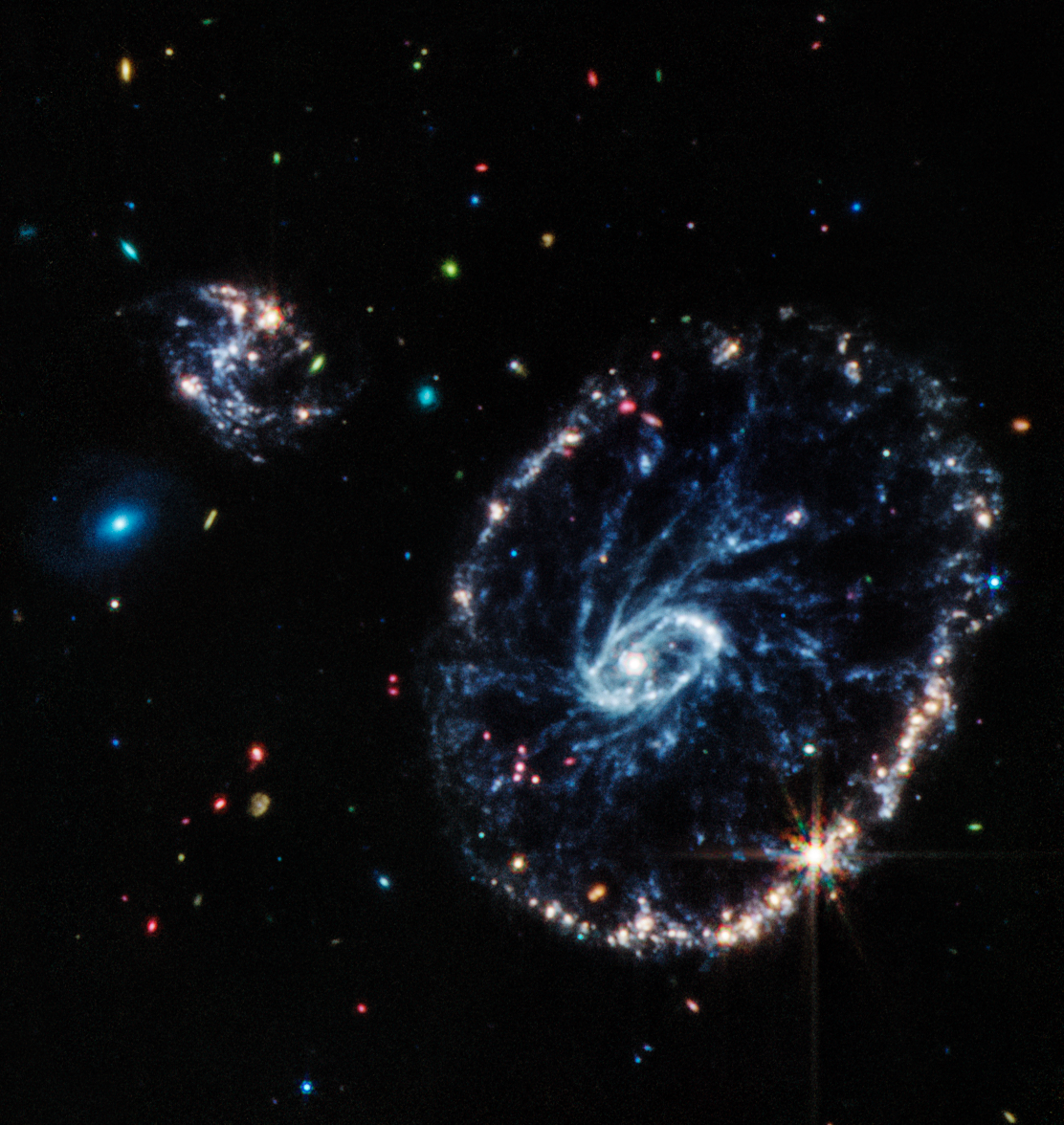NASA has released a breathtakingly beautiful image of the Cartwheel Galaxy captured by the James Webb Space Telescope. The space agency has described the chaos in the galaxy as ‘Stellar Dynamics’.
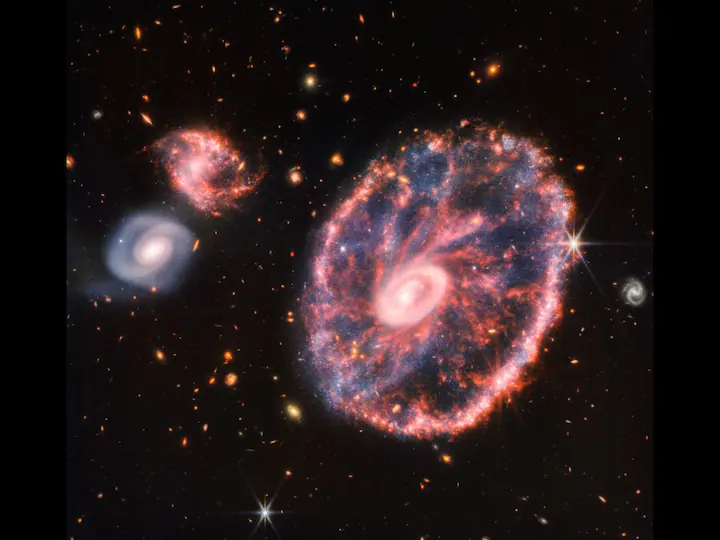
NASA has released a breathtakingly beautiful image of the Cartwheel Galaxy captured by the James Webb Space Telescope (JWST). This image captured by the world’s most powerful space reveals interesting details about star formation in the Cartwheel Galaxy, and also the black hole located at the galaxy’s centre.
NASA has described the chaos in the Cartwheel Galaxy as ‘Stellar Dynamics’.
Image Shows Cartwheel Galaxy, Companion Galaxies, And Background Galaxies
Webb, which observes celestial wonders in infrared, also captured two smaller companion galaxies against a backdrop of many galaxies. In the detailed image, the Cartwheel Galaxy, its two companion galaxies, and a multitude of background galaxies can be seen. According to NASA, Webb’s image tells us how the Cartwheel Galaxy has changed over billions of years.
The Story Behind The Cartwheel’s Appearance
The Cartwheel Galaxy is located 500 million light-years away from Earth, in the Sculptor constellation. The galaxy is a rare sight, and its appearance is like that of a wagon wheel. A high-speed collision between a large spiral galaxy and a smaller galaxy, which are not visible in Webb’s image, resulted in the wagon wheel-like appearance of the Cartwheel Galaxy. When galactic proportions collide, they result in a cascade of different, smaller events between galaxies involved. NASA says that the Cartwheel is “no exception”.
The shape and structure of the Cartwheel Galaxy are likely to have been affected by the collision.
Cartwheel’s “Rings”
The Cartwheel Galaxy has two rings. The inner ring is bright, and the outer ring is colourful. When a stone is tossed into a pond, ripples are created. Similar to this, the two rings of the Cartwheel Galaxy expand outwards from the centre of the collision.
Astronomers call the Cartwheel Galaxy a “ring galaxy” because of its distinctive features. Ring galaxies are less common than spiral galaxies like our Milky Way galaxy.
Mysteries Of The Galaxy’s Core And Outer Ring
A tremendous amount of dust is present inside the bright core. The brightest areas represent gigantic young star clusters. The outer ring of the Cartwheel Galaxy has expanded for about 440 million years, and is dominated by star formation and supernovas. The expanding ring plunges into the surrounding gas and triggers star formation.
The Hubble Space Telescope has also examined the Cartwheel Galaxy. Since a gigantic amount of dust obscures the view of the galaxy, it had remained shrouded in mystery until now.
What Webb Has Captured In Rarely Seen Cartwheel Galaxy
The Near-Infrared Camera (NIRCam) makes observations in the near-infrared range from 0.6 to 0.5 microns. Since Webb’s primary imager can see crucial wavelengths of light, more stars are revealed compared to what would be seen in visible light.
Several young stars are forming on the outer ring, and are less obscured by the presence of dust when observed in infrared light. NIRCam data are coloured blue, orange and yellow in the image of the Cartwheel Galaxy. The individual blue dots seen in the image are individual stars or pockets of star formation.
The image reveals a striking difference between the older stars and the younger stars. The older star populations and the dense dust in the core are distributed smoothly. The younger star populations on the outer ring can be seen as clumpy shapes.
Webb’s Mid-Infrared instrument is required to learn finer details about the dust that inhabits the Cartwheel Galaxy. In the composite image of the galaxy, MIRI data are coloured red. The MIRI data reveals regions within the Cartwheel Galaxy rich in hydrocarbons, silicate dust and other chemical compounds. The red-coloured regions form a series of spiralling spokes that form the skeleton of the galaxy.
What Webb Tell Us About The Cartwheel Galaxy’s Past And Future
According to NASA, Webb’s observations highlight that the Cartwheel Galaxy is in a very transitory stage. The Cartwheel Galaxy was probably a normal spiral galaxy like the Milky Way before its collision.
NASA states that the Cartwheel Galaxy will continue to transform. The world’s most powerful space telescope not only provides us a glimpse into the galaxy’s past but also gives us clues to what will happen to it in the future.
Recent Posts
- Astronomers detect first direct image of black hole expelling a powerful jet
- WhatsApp rolling out ‘reply with message’ feature within call notifications
- Multi-Device Pairing May Be Arriving for Apple Watch this Year
- Artificial Intelligence Discovers Hidden Giant, a Planet 5 Times Larger Than Jupiter
- Google CEO Sundar Pichai Talks Bard & The Future Of Search
Recent Comments
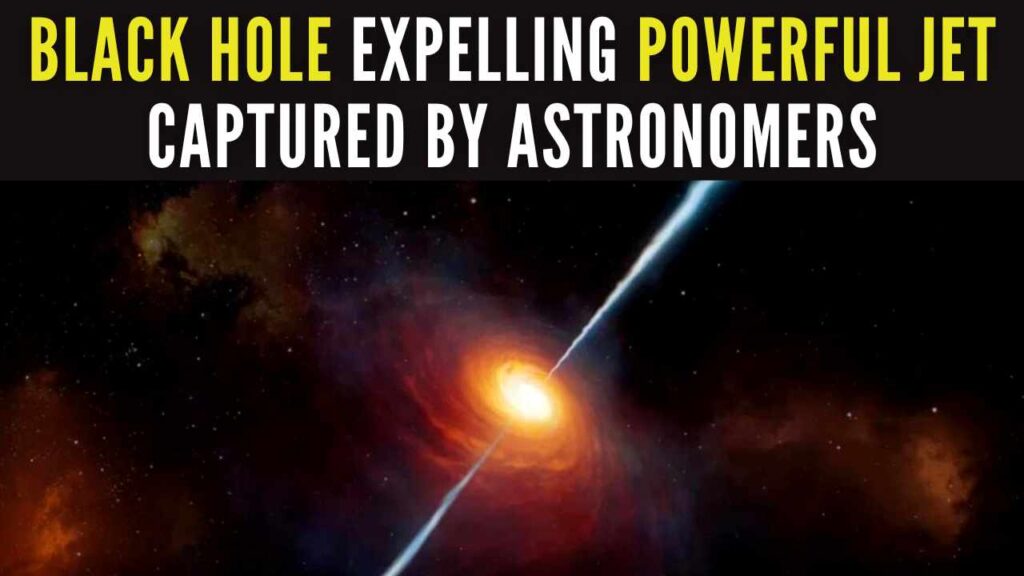
Astronomers detect first direct image of black hole expelling a powerful jet
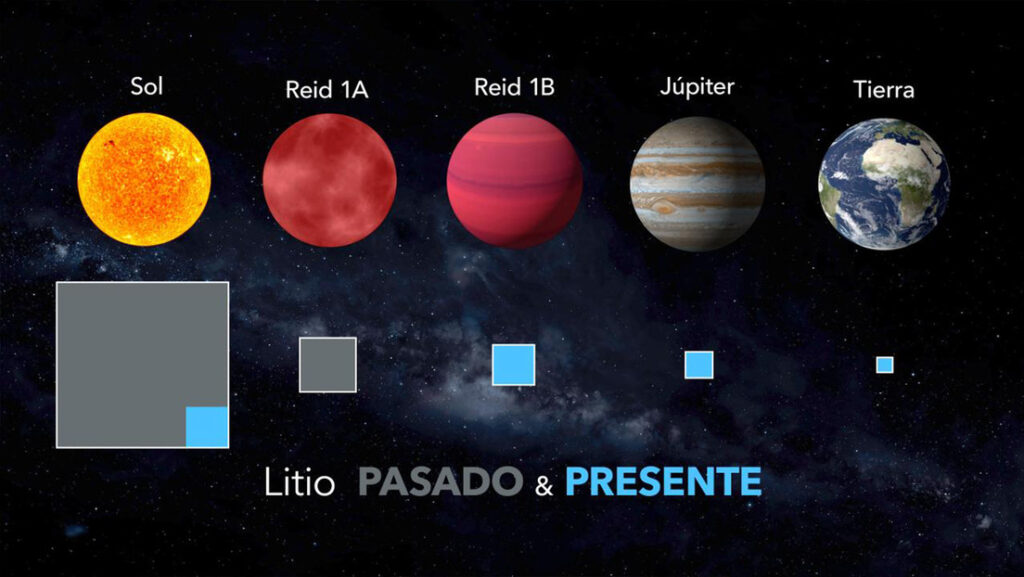
Artificial Intelligence Discovers Hidden Giant, a Planet 5 Times Larger Than Jupiter
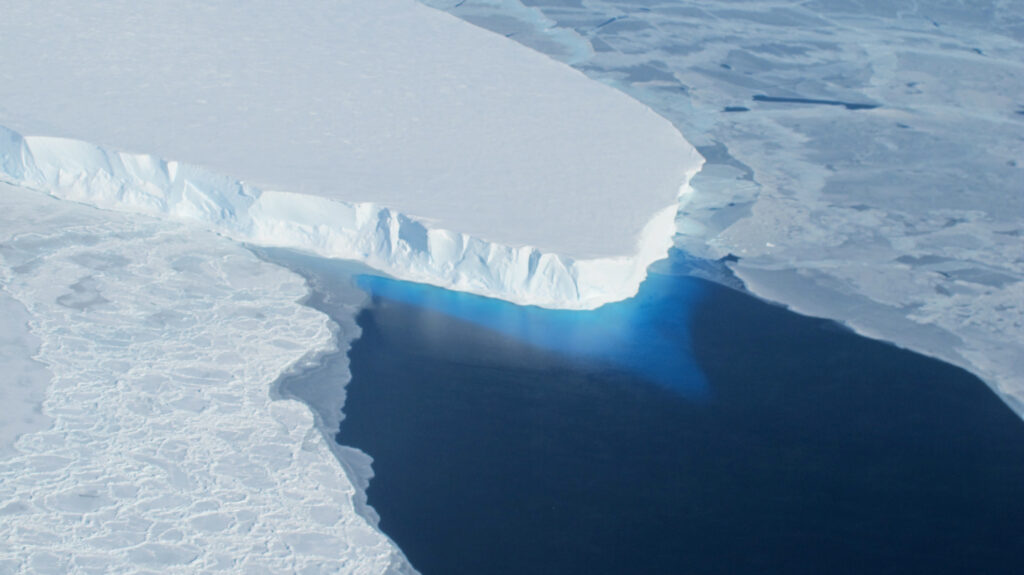
Scientists explain melting of Antarctic ice sheet dating back 9,000 years
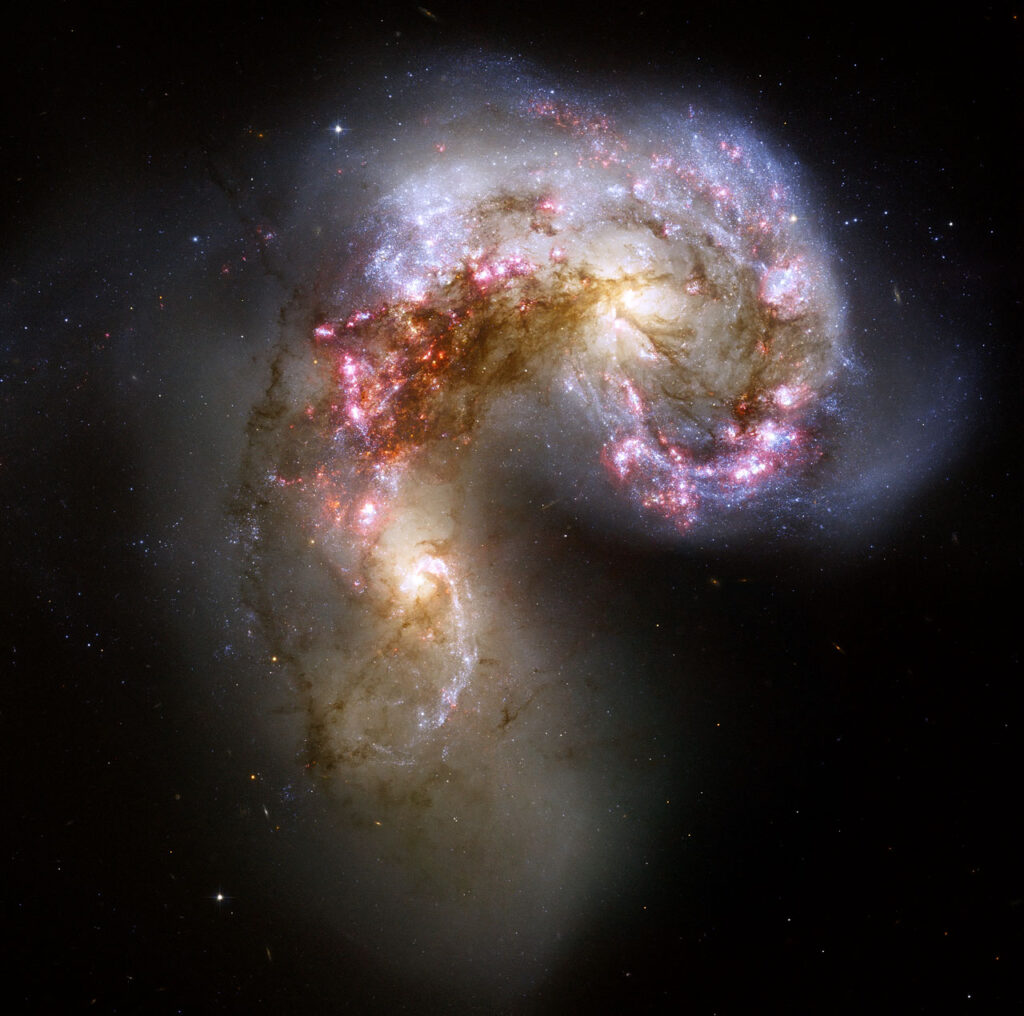
An Unexpected Discovery: Hubble, ESA's Gaia Spot Double Quasar That Existed Over 10 Billion Years Ago

Astronomers detect first direct image of black hole expelling a powerful jet

WhatsApp rolling out ‘reply with message’ feature within call notifications

Multi-Device Pairing May Be Arriving for Apple Watch this Year


